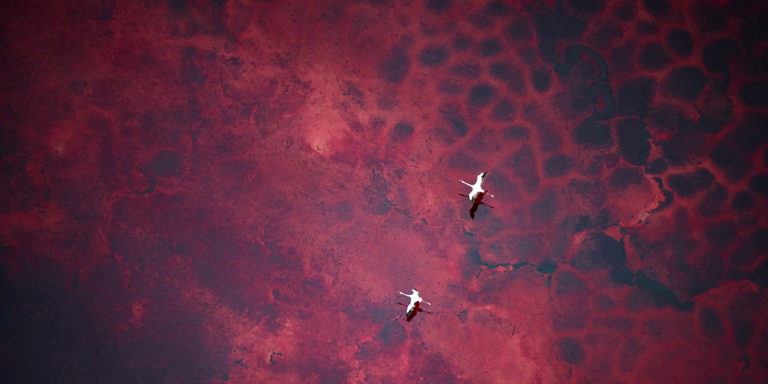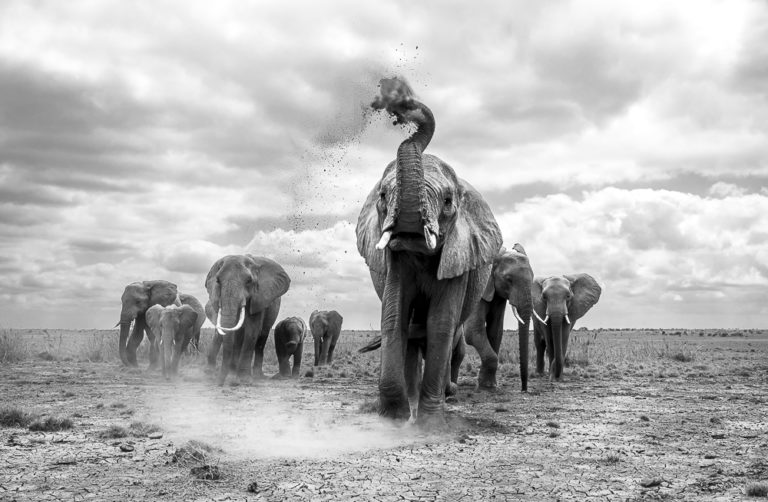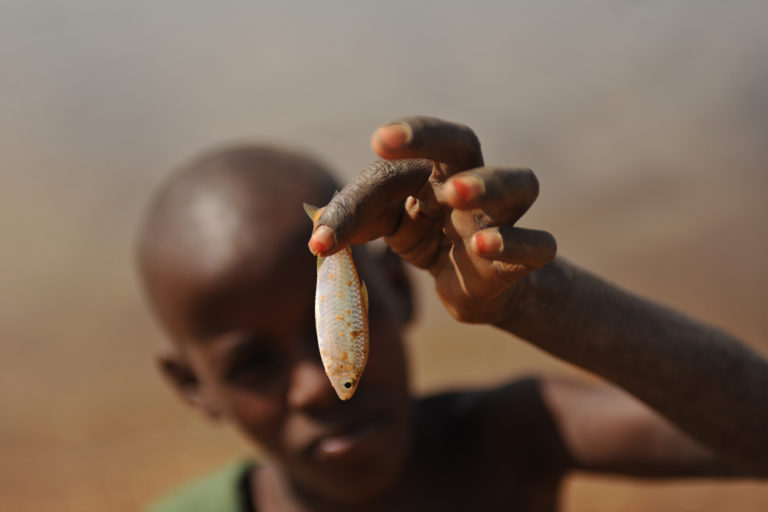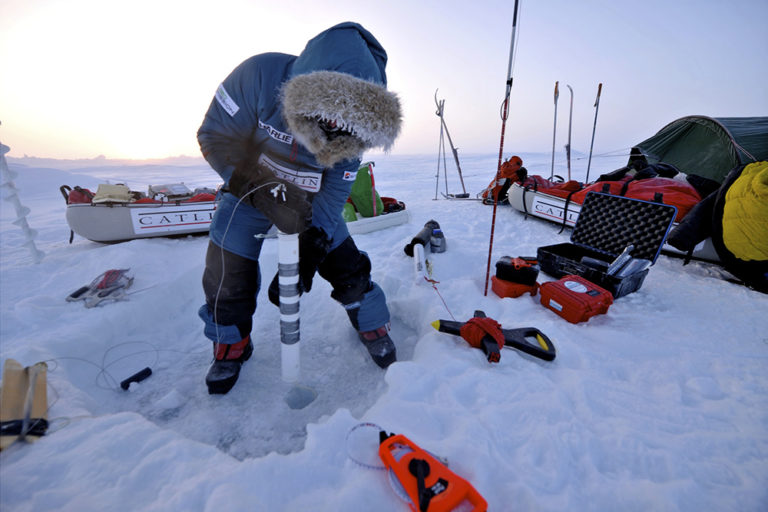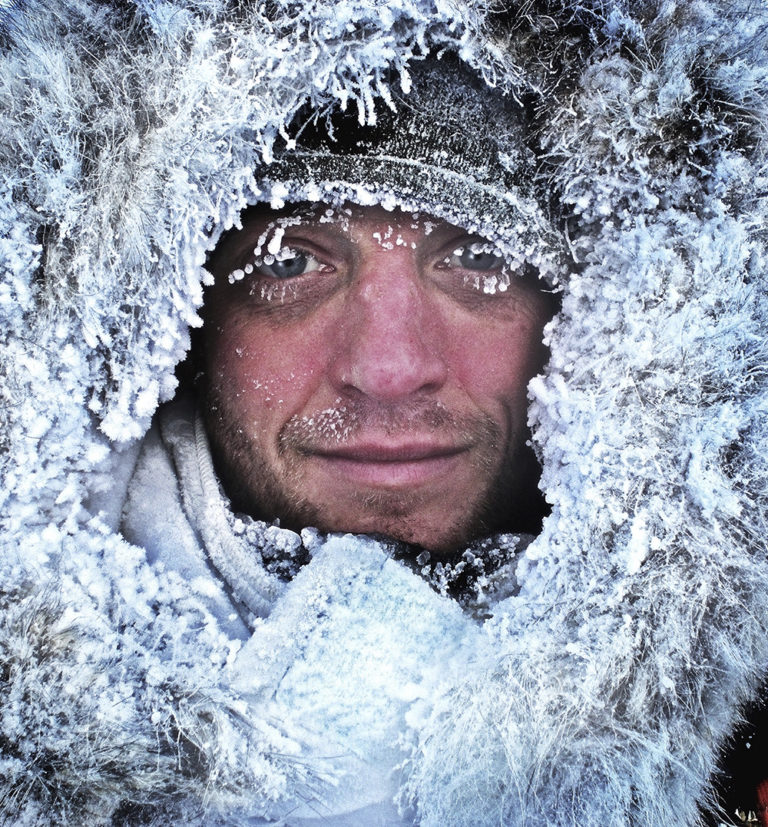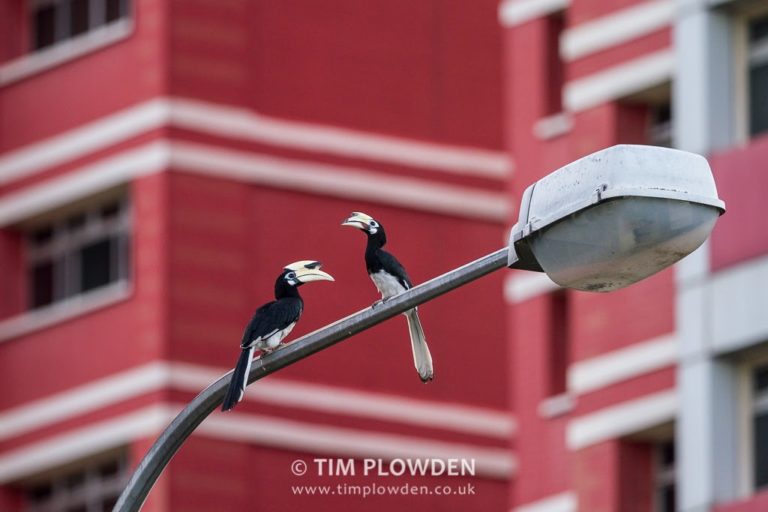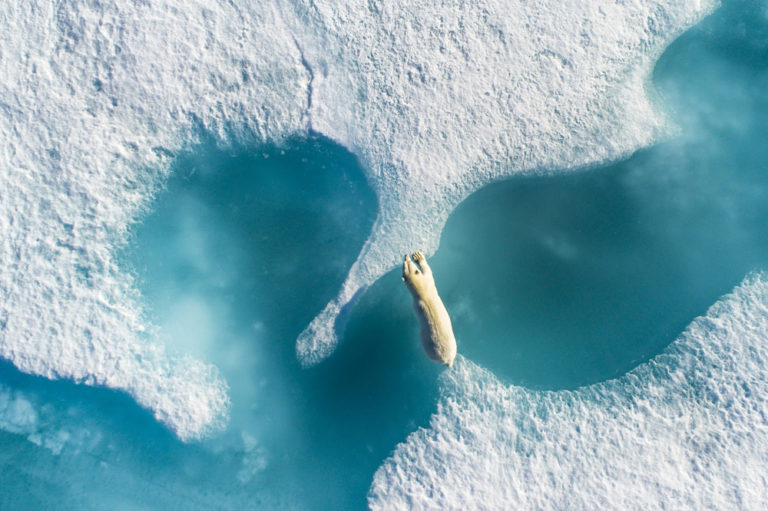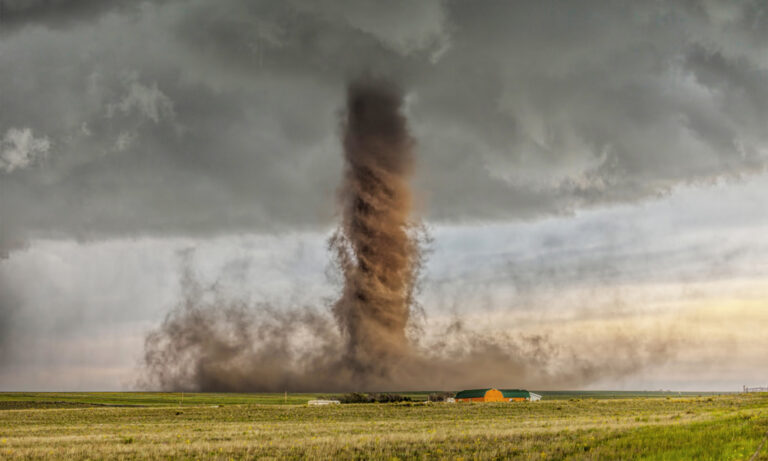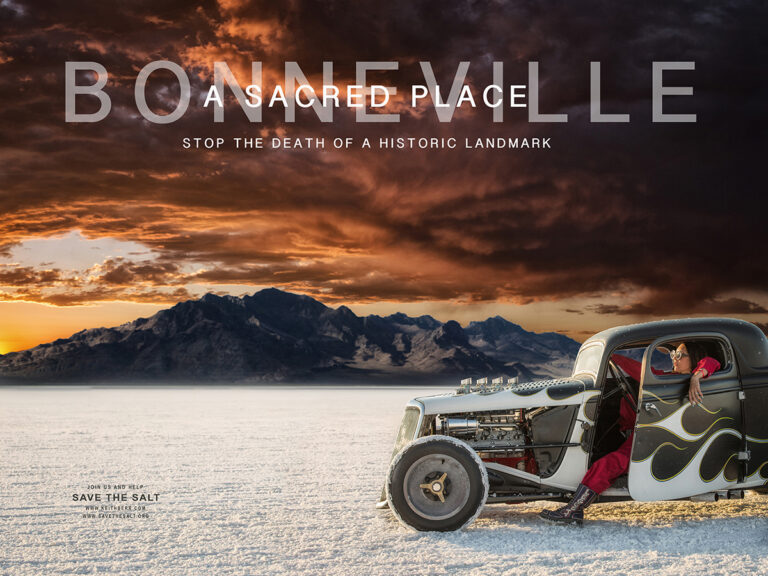In Part Two of perspectives on wildlife, we take to the skies. Photographer Silke Hullmann photographs looks at how an aerial perspective changes our perception of both animals and the environment, and how it can create more artistic images…
Category: Our Planet
Conservation, responsibility and sustainability have become key issues for our planet and for travel. We look at how photographers are getting involved, raising awareness and spreading conservation and environmental messages through their work.
Perspectives on Wildlife
In this two part series, German wildlife photographer Silke Hullmann shares her experiences on photographing wildlife from ground level, low level and from the air. In Part One, Sike looks at shooting from ground level and low level,
Toy Story
What is the connection between a plastic toy and the plight of so many species in the wild? Can the former help to save the latter or will rampant commercialism and human greed win.
The Wodaabe – Gerewol
The Wodaabe as well known for their unusual Gerewol ceremony where they choose a partner. Trevor Cole visits this festival to meet and photograph these otherwise reserved and modest nomads.
The last of their kind
The world is changing rapidly but for many indigenous people this means the impending end of their long-lived cultures and traditions. Trevor Cole starts a new series with a look at two tribes from North East India.
Photography with a conscience
We often hear people talk about responsible photography but there is more to it than what you do when you’re travelling or out shooting. It starts with your camera gear and considering buying in the secondhand market is an easy way you can make a difference.
Dinner or deadly – foraging for fungi
Nature’s larder is abundant with fruits, plants and fungi. In the woods you’ll find lots to eat, lots to avoid and many things with medicinal properties so it’s time to go framing for fungi. With a bushcraft expert, an adventure in autumn woodland proved to be a fascinating experience.
We’re fishing ourselves out of existence
With COP28 fast approaching, what is the real state of our planet now? Not the sanitised version which our politicians would have us believe as an excuse for their inaction, but the reality. In the third in this series on environment, climate change and conservation, Martin Hartley looks at the current state of our planet and how climate impacts are being felt today around the world.
Climate photography today
A tale of two oceans. Photography is at the forefront of documenting changes in our climate. Both the Arctic and Antarctic Oceans are important markers of both change and the rate of change. In the second feature in this series, Martin Hartley takes a look at the contrasting way these two oceans have been and are being documented.
Our planet – earth in focus
Martin Hartley is an adventure and expedition photographer. In the course of his work he visits some of the most extreme and fragile parts of our planet, often with scientists, anthropologists and climate journalists. For him, climate change is real and evident. In this series he examines the issues around climate, conservation and the people and environments affected by it.
Responsible Photography in Conservation
Travel and wildlife photographer Matthew Williams-Ellis talks about photographing wildlife in a responsible way in Kenya’s Masai Mara in support of the Mara Predator Conservation Programme
Living Planet report
Our planet is changing, and too fast! The World Wildlife Fund (WWF) has recently publish a report on the state of our planet’s wildlife, and the impacts of climate change on biodiversity. So what does it reveal?
Imminent death in paradise
Hawaii is synonymous with palm fringed beaches against a volcanic backdrop. It’s a holiday destination but also a wild place. However, this wild side is under threat.
Pristine nature versus ‘real’ nature
Wildlife photographer Tim Plowden argues that we are part of rather than separate from nature and captures the fine line between humans and the hornbills near his home in Singapore.
On thin ice
“There is nothing more beautiful than ice in all its forms. I aim to show the abstract beauty drawn by nature – its power but also the fragility of the ecosystem.”
Storm chaser: Dangerous landscapes
“We chase where the weather takes us; we could be in Texas one day, then drive all night and get to Wyoming for the next day.”
Save the salt
The legendary Bonneville salt flats, home to many a land speed-record attempt, is in danger of disappearing. One US advertising photographer took this as his cue to create a campaign to help save it.

